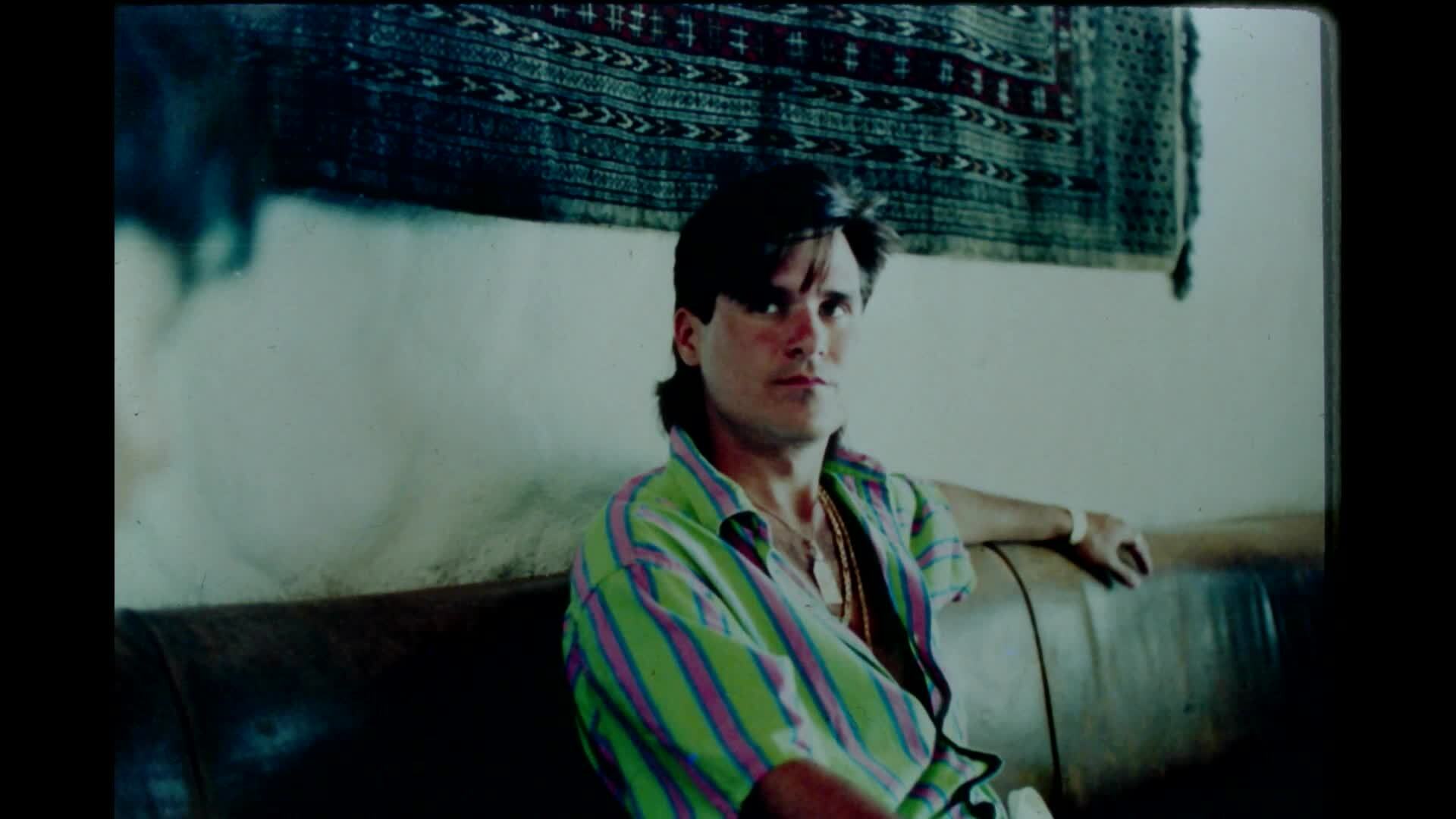
Ever wondered what it feels like to be buried alive? This terrifying scenario has haunted humanity for centuries, sparking countless myths, legends, and even safety inventions. From ancient burial practices to modern-day fears, the concept of being trapped underground has a chilling grip on our collective imagination. But how much do you really know about this spine-tingling topic? In this post, we’ll uncover 40 jaw-dropping facts about being buried alive. Whether you're a history buff, a horror enthusiast, or just someone with a curious mind, these facts will leave you both fascinated and horrified. Ready to dig in? Let's get started!
Key Takeaways:
- The fear of being buried alive has led to historical safety measures, real-life cases, and cultural practices, shaping burial customs and inspiring literature and media for centuries.
- Modern advancements in medicine and technology have significantly reduced the risk of premature burial, but the fear of being buried alive continues to influence burial practices and popular culture.
The Fear of Being Buried Alive
The idea of being buried alive has haunted humans for centuries. This fear, known as taphophobia, has led to some fascinating and eerie facts.
-
Taphophobia: The term comes from the Greek words "taphos" (grave) and "phobos" (fear). It describes an intense fear of being buried alive.
-
Historical Accounts: In the 19th century, reports of people being buried alive were not uncommon. These stories fueled public fear and led to various safety measures.
-
Safety Coffins: To prevent premature burial, inventors created "safety coffins" equipped with bells, flags, or breathing tubes.
-
Edgar Allan Poe: The famous author wrote "The Premature Burial," a short story that played on the fear of being buried alive, further popularizing the concept.
-
Medical Advances: Improvements in medical science, such as better methods for determining death, have significantly reduced the risk of premature burial.
Real-Life Cases
Despite advances in medicine, there have been documented cases of people being buried alive. These stories are both chilling and fascinating.
-
Angelo Hays: In 1937, Frenchman Angelo Hays was buried alive after a motorcycle accident. He was exhumed two days later and found to be alive.
-
Octavia Hatcher: In 1891, Octavia Hatcher of Kentucky was buried alive after falling into a coma. Her body was exhumed when her husband noticed other people recovering from similar comas.
-
Essie Dunbar: In 1915, Essie Dunbar was declared dead after an epileptic seizure. She was buried but later found alive when her sister arrived late for the funeral and insisted on seeing her one last time.
Cultural Practices and Beliefs
Different cultures have their own beliefs and practices related to burial and the fear of being buried alive.
-
Victorian Era: During the Victorian era, the fear of premature burial was so intense that people would leave instructions for their bodies to be kept above ground for several days before burial.
-
Safety Devices: Some cultures used safety devices like bells or flags attached to coffins to signal if someone was buried alive.
-
Waiting Mortuaries: In Germany, "waiting mortuaries" were established where bodies were kept for several days to ensure they were truly dead before burial.
-
Ancient Practices: Ancient civilizations, such as the Egyptians, had rituals to ensure the dead were truly deceased before burial.
Modern-Day Precautions
Even today, the fear of being buried alive persists, leading to various modern-day precautions.
-
Medical Certification: Modern laws in many countries require a medical professional to certify death before burial.
-
Embalming: The practice of embalming helps ensure that the person is truly deceased before burial.
-
Autopsies: Autopsies are often performed to confirm the cause of death and ensure the person is not buried alive.
-
Advanced Technology: Modern technology, such as heart monitors and brain activity scans, helps confirm death with greater accuracy.
Psychological Impact
The fear of being buried alive can have a significant psychological impact on individuals.
-
Nightmares: Many people experience nightmares about being buried alive, reflecting deep-seated fears.
-
Anxiety: Taphophobia can lead to severe anxiety and panic attacks, especially in situations related to death or burial.
-
Therapy: Psychological therapy can help individuals cope with and overcome their fear of being buried alive.
Famous Literature and Media
The fear of being buried alive has been a popular theme in literature and media, captivating audiences for generations.
-
Edgar Allan Poe: Poe's works, including "The Premature Burial," have had a lasting impact on the portrayal of this fear in literature.
-
Movies: Films like "Buried" (2010) and "The Vanishing" (1988) explore the terrifying concept of being buried alive.
-
Television: TV shows such as "CSI" and "The X-Files" have featured episodes centered around the fear of premature burial.
Historical Measures to Prevent Premature Burial
Throughout history, various measures have been taken to prevent the horrifying possibility of being buried alive.
-
Coffin Alarms: In the 18th and 19th centuries, some coffins were equipped with alarms to alert people if the buried person was still alive.
-
Breathing Tubes: Some safety coffins included breathing tubes to provide air to anyone buried alive.
-
Glass Panels: Certain coffins had glass panels to allow people to see inside and check for signs of life.
-
Rescue Devices: Some coffins were designed with escape hatches or other mechanisms to allow the buried person to free themselves.
Legal and Ethical Considerations
The fear of being buried alive has also led to legal and ethical considerations in modern times.
-
Legal Requirements: Many countries have legal requirements for confirming death before burial to prevent premature burial.
-
Ethical Dilemmas: The possibility of premature burial raises ethical questions about the treatment of the dead and the responsibilities of medical professionals.
-
Public Awareness: Efforts to raise public awareness about the fear of being buried alive have led to changes in burial practices and laws.
Modern-Day Myths and Misconceptions
Despite advances in medicine and technology, myths and misconceptions about being buried alive persist.
-
Zombie Myths: Some myths suggest that people buried alive could return as zombies, reflecting deep-seated fears about premature burial.
-
Vampire Legends: Legends of vampires often involve the idea of people being buried alive and returning from the grave.
-
Urban Legends: Modern urban legends continue to circulate about people being buried alive, keeping the fear alive in popular culture.
Scientific Explanations
Science has provided explanations for some of the phenomena associated with being buried alive.
-
Catalepsy: A medical condition called catalepsy can cause a person to appear dead, leading to premature burial.
-
Comas: Deep comas can mimic death, making it difficult to determine if a person is truly deceased.
-
Rigor Mortis: The onset of rigor mortis can sometimes be mistaken for death, leading to premature burial.
The Role of Technology
Advances in technology have played a crucial role in reducing the risk of premature burial.
-
Heart Monitors: Modern heart monitors can detect even the faintest signs of life, helping to confirm death.
-
Brain Scans: Brain activity scans provide a more accurate assessment of whether a person is truly deceased.
-
Medical Devices: Advanced medical devices, such as ventilators and defibrillators, help ensure that a person is truly dead before burial.
The Future of Burial Practices
As technology continues to advance, burial practices are likely to evolve to further reduce the risk of premature burial.
-
Smart Coffins: Future coffins may include advanced sensors and communication devices to detect signs of life and alert authorities.
-
Virtual Autopsies: Advances in imaging technology may allow for virtual autopsies, providing a more accurate assessment of death without invasive procedures.
Final Thoughts on Being Buried Alive
Being buried alive is a terrifying concept that has haunted people for centuries. From ancient myths to modern horror stories, the fear of premature burial has left a mark on human culture. Historical accounts reveal that safety coffins and other preventive measures were developed to address this fear. Despite advancements in medical science, the dread remains.
Understanding the history and facts about being buried alive can shed light on why this fear persists. It’s a reminder of our vulnerability and the importance of accurate medical diagnosis. While the chances of such an event happening today are slim, the stories and facts surrounding it continue to captivate our imagination.
Stay curious and informed, and remember, knowledge can often be the best way to confront our deepest fears.
Frequently Asked Questions
Was this page helpful?
Our commitment to delivering trustworthy and engaging content is at the heart of what we do. Each fact on our site is contributed by real users like you, bringing a wealth of diverse insights and information. To ensure the highest standards of accuracy and reliability, our dedicated editors meticulously review each submission. This process guarantees that the facts we share are not only fascinating but also credible. Trust in our commitment to quality and authenticity as you explore and learn with us.


